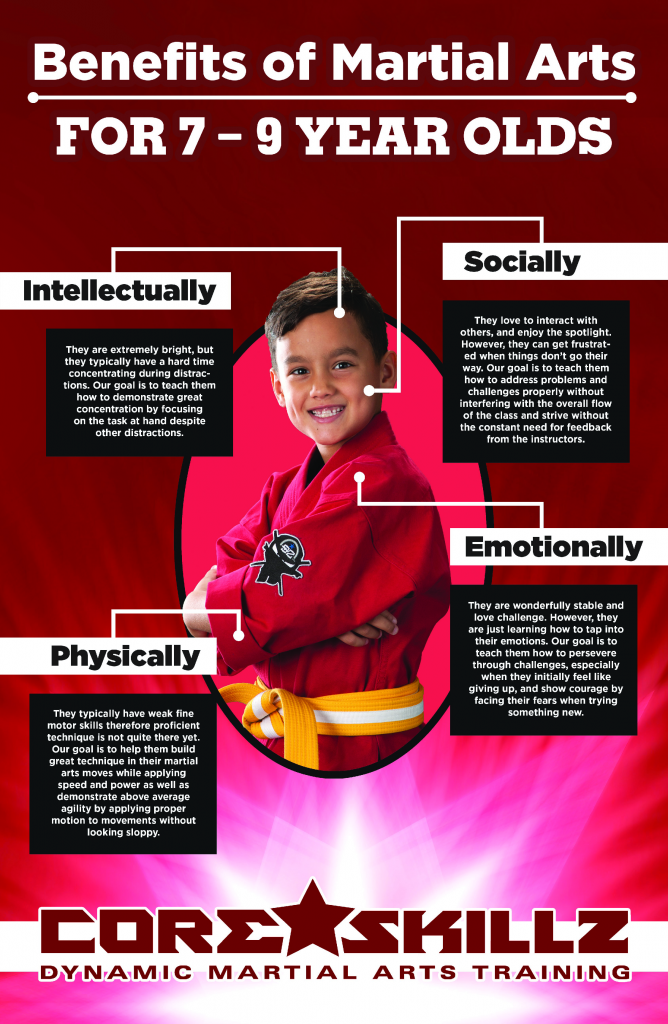The Worldwide Journey And Development Of Martial Arts Throughout Background
The Worldwide Journey And Development Of Martial Arts Throughout Background
Blog Article
Web Content Writer-Winkler Workman
Martial arts have a fascinating history that covers centuries and continents. You could find it interesting exactly how ancient techniques like Shuai Jiao and Kalaripayattu laid the groundwork for contemporary fight strategies. karate vs taekwondo which is better for child yet additionally reflect the cultures that birthed them. As you explore their advancement, think about exactly how globalization has changed these traditional types into hybrid styles. What influences do you assume have formed today's martial arts landscape?
Ancient Martial arts: The Structures of Battle
As you look into the globe of old martial arts, you'll uncover the abundant structures that shaped battle techniques across cultures. Early practices focused on Self-Defense and survival, often integrating strikes, hurting, and weapons.
In ancient China, for example, techniques like Shuai Jiao emphasized tosses and joint locks, while India's Kalaripayattu showcased agility and liquid activity. Japanese samurai created Kenjutsu, a refined swordsmanship that highlighted technique and technique.
These martial arts served not just for fight yet also as a means of personal advancement, instilling values like respect and determination. The blending of these techniques in time laid the groundwork for the diverse martial arts you see today, each mirroring the special philosophies and needs of its society.
The Cultural Impact on Martial Arts Growth
While martial arts frequently mirror the practical demands of a society, they likewise embody the cultural values and ideas of their origins. When you explore different martial arts, you'll notice exactly how they're influenced by religion, viewpoint, and social norms.
For boxing & martial arts , the emphasis on regard and technique in Japanese martial arts originates from Zen Buddhism and samurai society. On the other hand, Brazilian Jiu-Jitsu promotes versatility and strategy, shaped by the demand for performance in a diverse, multicultural environment.
You might discover that the rituals, attires, and training approaches reflect a community's history and identity. By understanding these cultural influences, you strengthen your gratitude of martial arts and their role in shaping human experiences across the globe.
Modern Adaptations and the Globalization of Martial arts
Martial arts have changed significantly in recent decades, adjusting to contemporary culture and global influences. You'll see that traditional kinds have blended with contemporary methods, developing hybrid styles like mixed martial arts. These adaptations cater to diverse target markets, making martial arts easily accessible and appealing around the world.
With Keep Reading of social networks and digital platforms, you can find tutorials and competitions from all corners of the world, damaging geographical obstacles. This globalization has brought about a common gratitude for numerous disciplines, from Brazilian Jiu-Jitsu to Taekwondo.
As you engage with these arts, you'll understand they're not nearly fight; they advertise physical fitness, discipline, and psychological well-being.
Ultimately, modern adjustments have actually enhanced the martial arts landscape, making it a dynamic and evolving technique.
Conclusion
In discovering the history and development of martial arts, you discover a fascinating blend of techniques, societies, and approaches. From ancient techniques like Shuai Jiao and Kalaripayattu to the modern-day adaptability seen in mixed martial arts, martial arts mirror humanity's mission for Self-Defense and personal development. As you engage with these practices, you not only gain skills however also a much deeper gratitude for the varied practices that shape our world today. So, proceed your trip and embrace the art of fight!
